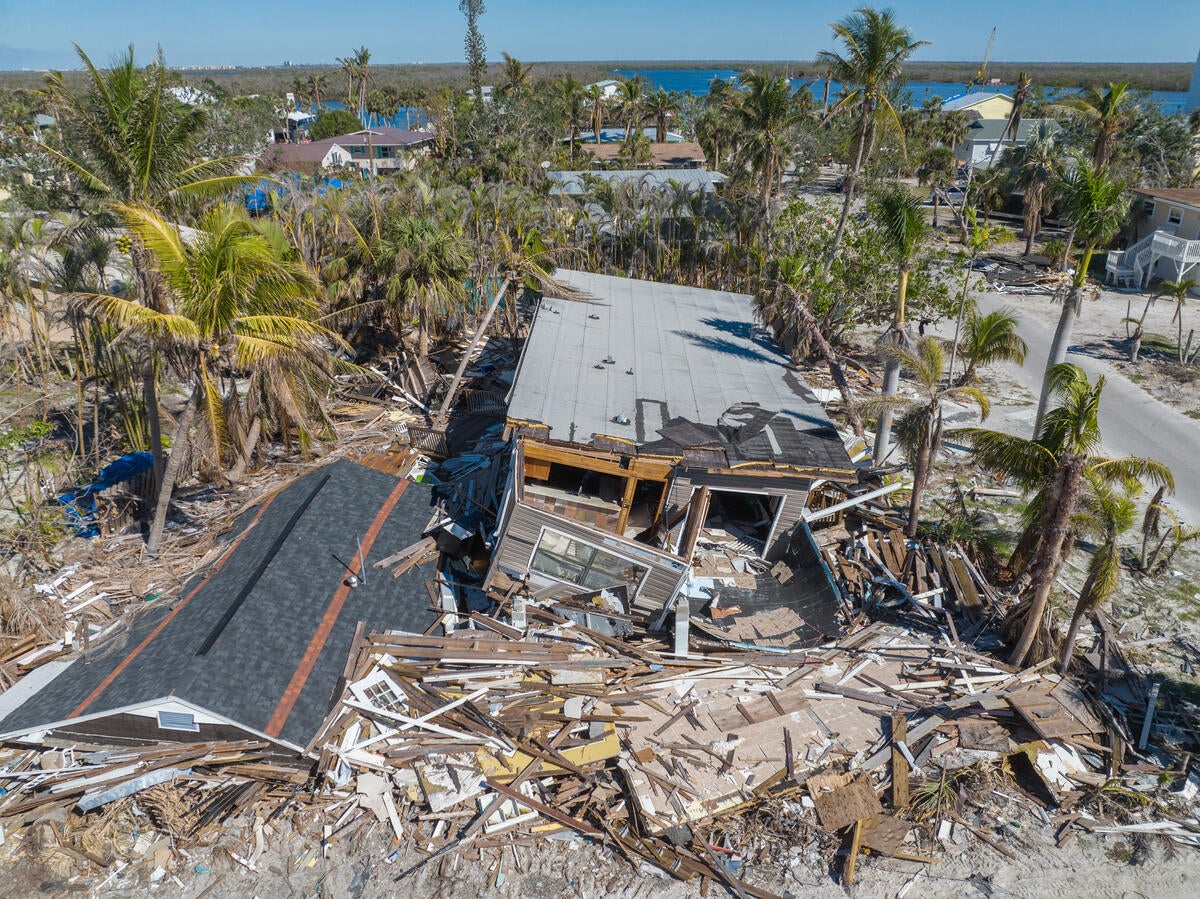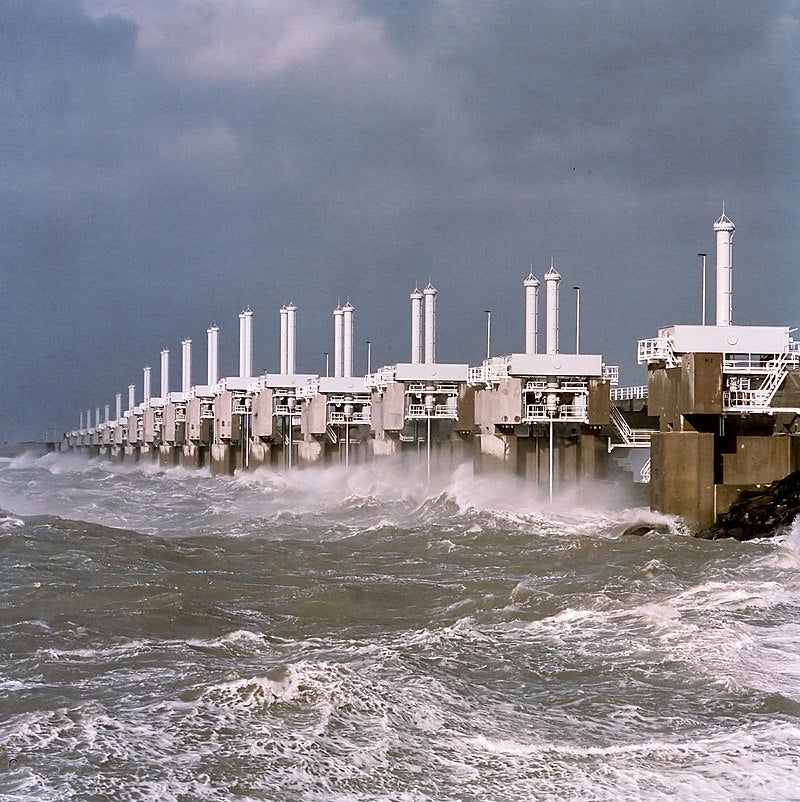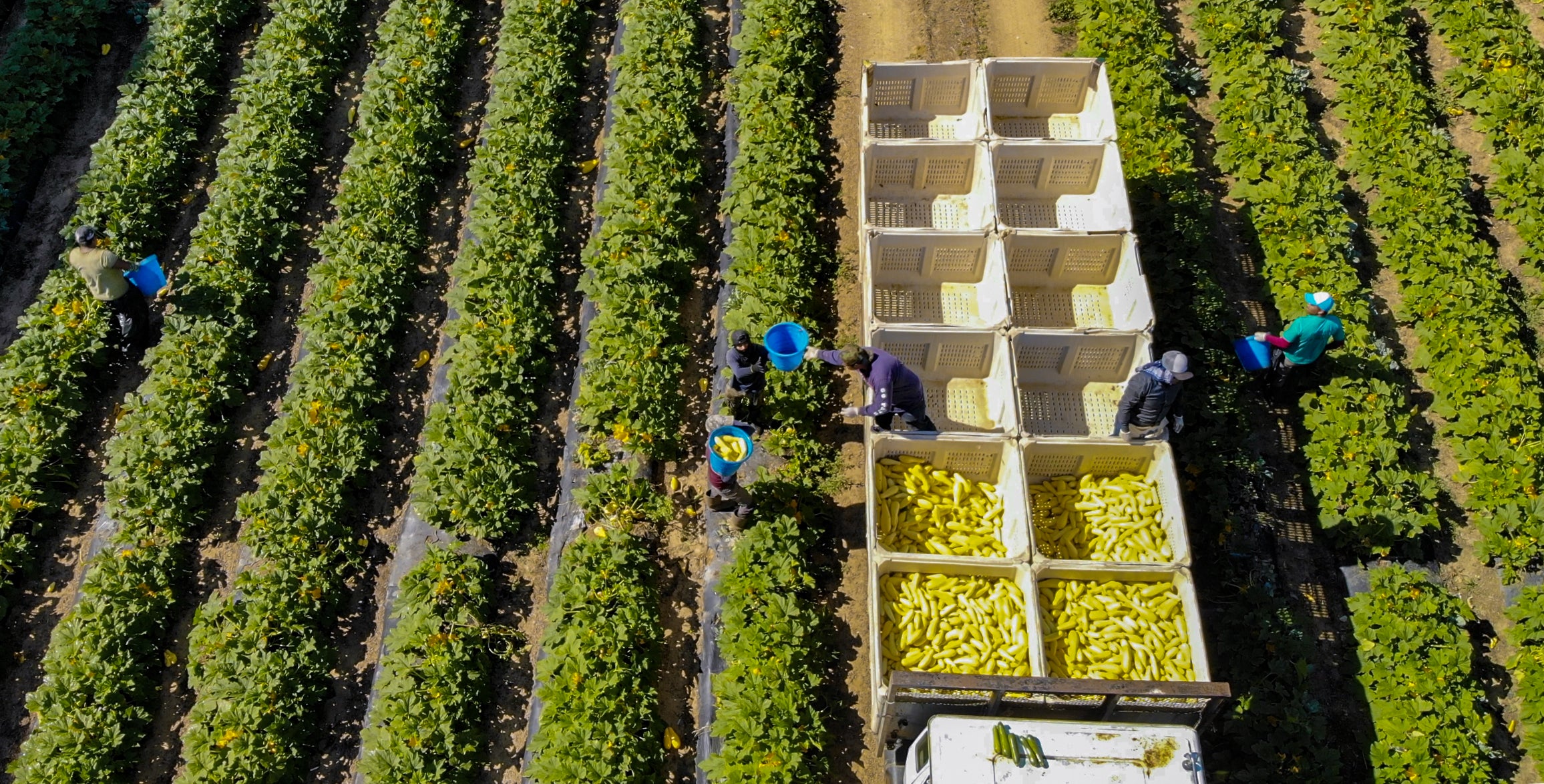Water has finally reached the highest levels of global climate negotiations. The path to a sustainable freshwater future, however, lies with ground-level users. At COP 28, EDF is elevating their voices, their needs and the approaches they find most useful.
_______
While greenhouse gases drive climate change, many of its impacts are inherently liquid. Whether through drought, flood, sea-level rise, or contamination, water increasingly forms the turbulent core of the climate crisis.
Over the past year, this basic reality was finally acknowledged at the global planning table. Thanks to a strong push from its Egyptian hosts, last year’s edition of the main UN climate conference, COP 27, made water a central theme. The cover decision — the summation of the conference’s key agreements — featured water and food for the first time. The decision acknowledged the central role of water in countering climate impacts and called for water-related targets in national climate planning.













